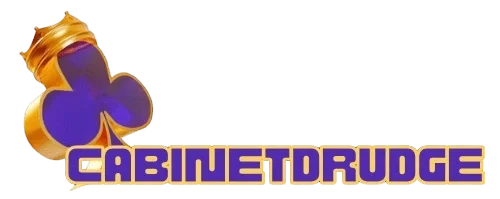The story of the best games cannot be told without acknowledging Sony’s enormous contribution to the Jawa88 industry. Across decades, PlayStation games have redefined standards of gameplay, graphics, and emotional impact. Simultaneously, PSP games created an equally important handheld tradition, showing that portable devices could offer depth far beyond quick casual experiences. Together, these platforms represent the dual strength of PlayStation as both a console and portable powerhouse.
When the PlayStation debuted, it did more than just add another option to the console market—it restructured it entirely. Titles such as Resident Evil 2, Tekken 3, and Final Fantasy IX quickly became benchmarks that other developers aspired to match. These were undeniably some of the best games of the late 1990s. Years later, the PSP entered the picture with handheld gems like God of War: Chains of Olympus and Killzone: Liberation. These PSP games demonstrated that the PlayStation standard of quality could be achieved on a portable screen, without sacrificing ambition.
The PlayStation 2 expanded Sony’s influence with an enormous catalog that remains unbeaten in sheer variety. It brought to life fan favorites like Devil May Cry, Ratchet & Clank, and Gran Turismo 4. At the same time, the PSP offered unique rhythm-based titles like Patapon and colorful platformers like LocoRoco. These PSP games weren’t simply diversions but groundbreaking in their design, earning respect from critics and players alike. This dual ecosystem of home console blockbusters and portable creativity showed why PlayStation consistently delivered the best games across genres.
In today’s world, when debates about the best games arise, the influence of both PlayStation and PSP cannot be ignored. Their combined legacy reflects an unmatched balance of cinematic excellence and portable innovation, proving why Sony’s name remains synonymous with gaming greatness.
